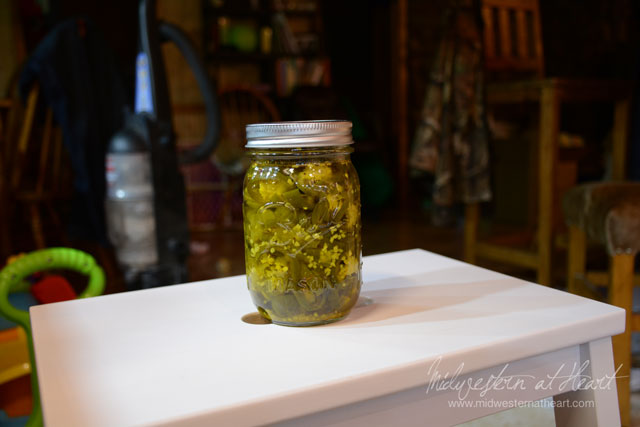dSLR Education: Full Frame versus Crop Sensor
If you’ve been friends with me or followed this blog for a while now, you’ll know I love photography. If by chance you’re new to these parts, let me tell you now, I love photography. Now you’re up-to-date :).
I bought my first dSLR September of 2009 before I really even knew what a dSLR was. In fact, I had to research it after my first photography class I took because they were talking about it in the class and I didn’t know what dSLR stood for. Sad but true. I feel like I’ve come a long way since then, but I’ll tell you that there is still a ton more to learn.
Photography is one of those things that newbies and oldies can learn something new, if nothing else, a different camera and how it works.
A couple years ago when we were looking to upgrade my Nikon D90 I couldn’t decide between a crop sensor or a full frame sensor. I knew nothing about the difference really. I did some research but I really didn’t know the difference still. Finally I came to the conclusion through my photography, a camera body was more expensive or a lens was more expensive. Other than that…. I didn’t know the difference and couldn’t decide what to do.
After weighing all my options I decided to go on to get another crop sensor camera. I upgraded to the Nikon D7100. I truthfully didn’t feel like I got jipped by going with the crop sensor, really you just compensate for it. I can tell you my D7100 has a crop factor of 1.5. So if I shoot with a 50mm lens, it’s like shooting with an 85mm lens, to get more like a 50, I’d have to back off to a 35 mm lens. I’m still not sure what that 1.5 means, I can just tell you that’s what it is.
So with a full frame, if you shoot with a 50mm lens, it’s like shooting with a 50mm lens. Wow, like that explanation?
So what does all that mean, really? Again, I wasn’t sure. A friend of mine had a Canon Mark 5D Mark II. It is a full frame camera in the Canon series. So I sent her a text asking if I could come play with her dSLR sometime to get the difference. She told me to come on.
Before I made it out there, I actually got to shoot with a Nikon full frame, it is the D610. Upon a little more research, the D610 is extremely similar to my D7100 except well, it’s full frame. So let’s let some pictures tell the story.
I made sure to put all the settings the same, I had hubby sitting on the floor shooting the same thing. The only thing that changed was the camera. Our shot subject, a jar of candied jalapeños. Nice right? Btw, like Abug’s stool? We got it for her at Ikea so that she could be up at the counter with us when we’re making dinner. Anyway…
Camera: Nikon D610
Aperture: f/4
Shutter Speed: 1/13
ISO: 640
Focal Length: 24 mm
Lens: AF-S Nikkor 24-120mm 1:4G ED (the lenses will be different because the cameras are different)
Camera: Nikon D7100
Aperture: f/4
Shutter Speed: 1/13
ISO: 640
Focal Length: 24 mm
Lens: AF-S Nikkor 18-140mm 1:3.5-5.6G ED
So you can see all the things are the exact same except for the camera and lens, but I made sure that the lenses were set at the same aperture, shutter speed, and ISO. My goal was to see what the differences were in appearance. It looks like I cropped, but I didn’t.
So, what does that mean if you’re looking to buy a dSLR? Um…. I guess it depends on what you’re shooting. If you’re shooting landscape, the full frame works really well. It gives more coverage area. If you’re shooting portrait type photos, you can compensate by where you place yourself and/or a lens change. 50mm to 35mm, etc.
One big difference I have been able to find out is that a full frame gives better visibility in lower light situations.
So the next time you’re out to buy a camera, ask yourself what you’re planning on doing with it. A full frame body is more expensive than a crop sensor body. So ask yourself, will that full frame help you?


